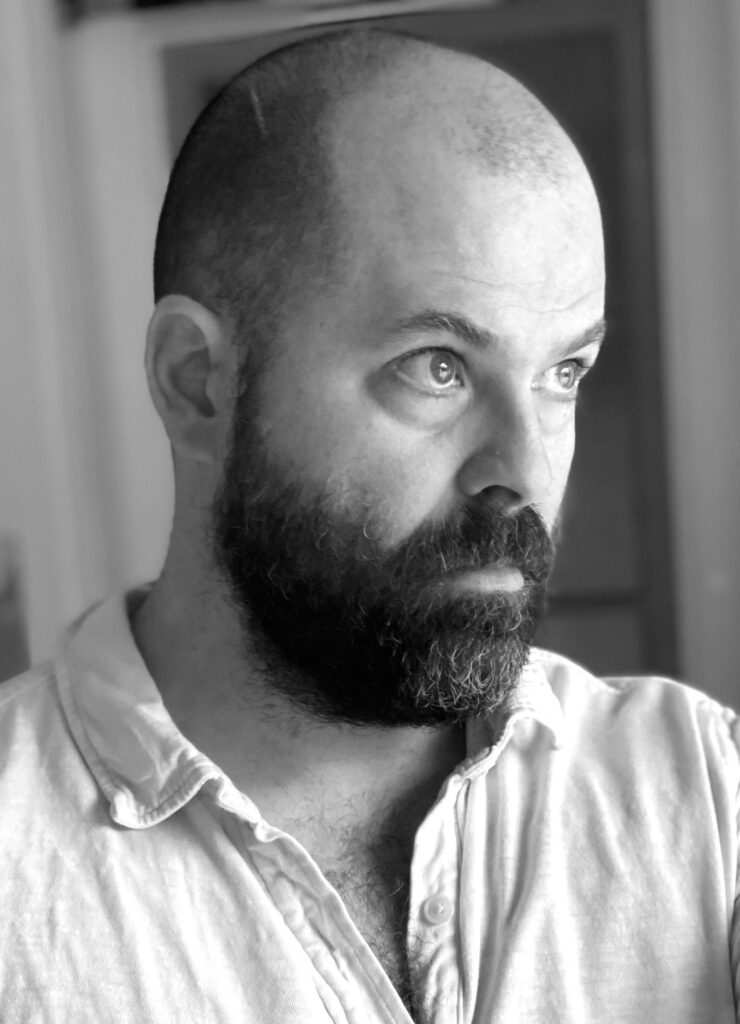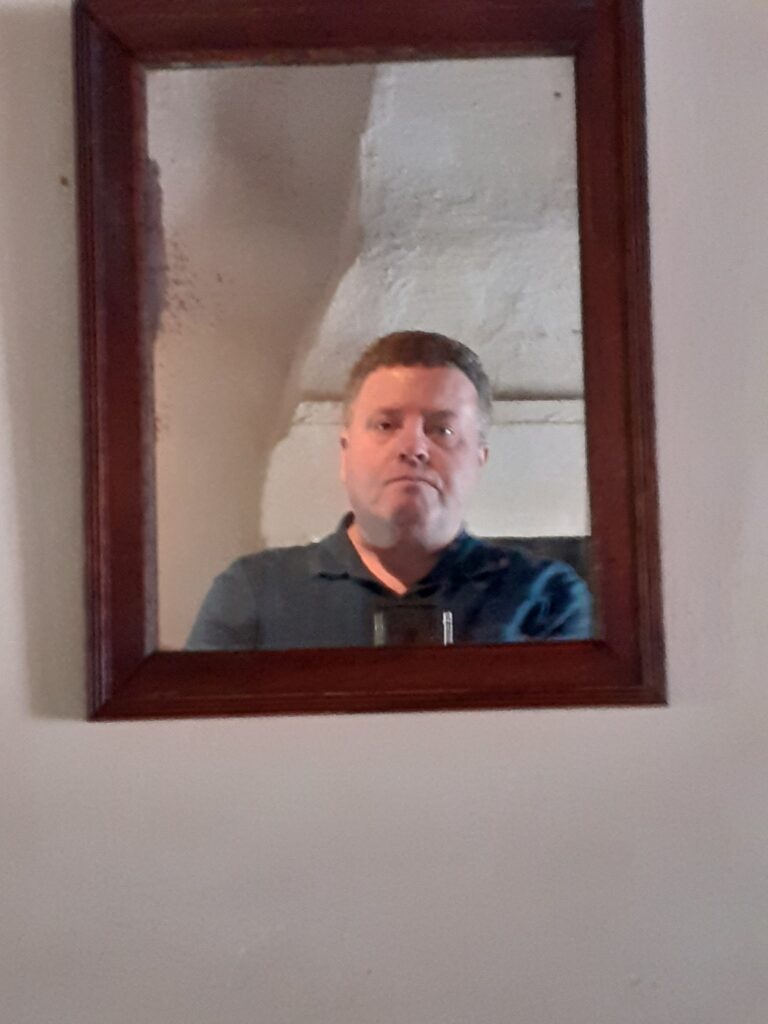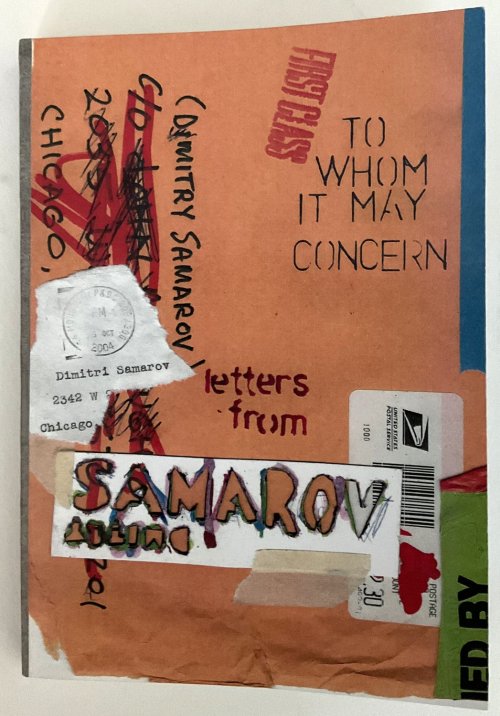
Brad Neely’s debut novel, “You, Me, and Ulysses S. Grant,” is probably one of the funniest books I’ve read in the last decade. I was laughing so hard at one point while reading the book that my wife came from the other room to see what was going on. The book pulls off a remarkable feat—not only is it a hilarious, quick-moving account of Ulysses S. Grant’s life and war-time work, it’s also oddly moving. Beyond the jokes and riffs, the book reminds the reader of a trait that’s accidentally, but not essentially, American, and that also happened to be demonstrated by a host of Union soldiers during the Civil War: the willingness to sacrifice yourself for your belief in what is right and just—an idea of what your country could be—and to prevent the immiseration of oppressed people. The book is a portrait of an imperfect man who was striving, like many others at the time, to create a more perfect country than the one he was born into.








